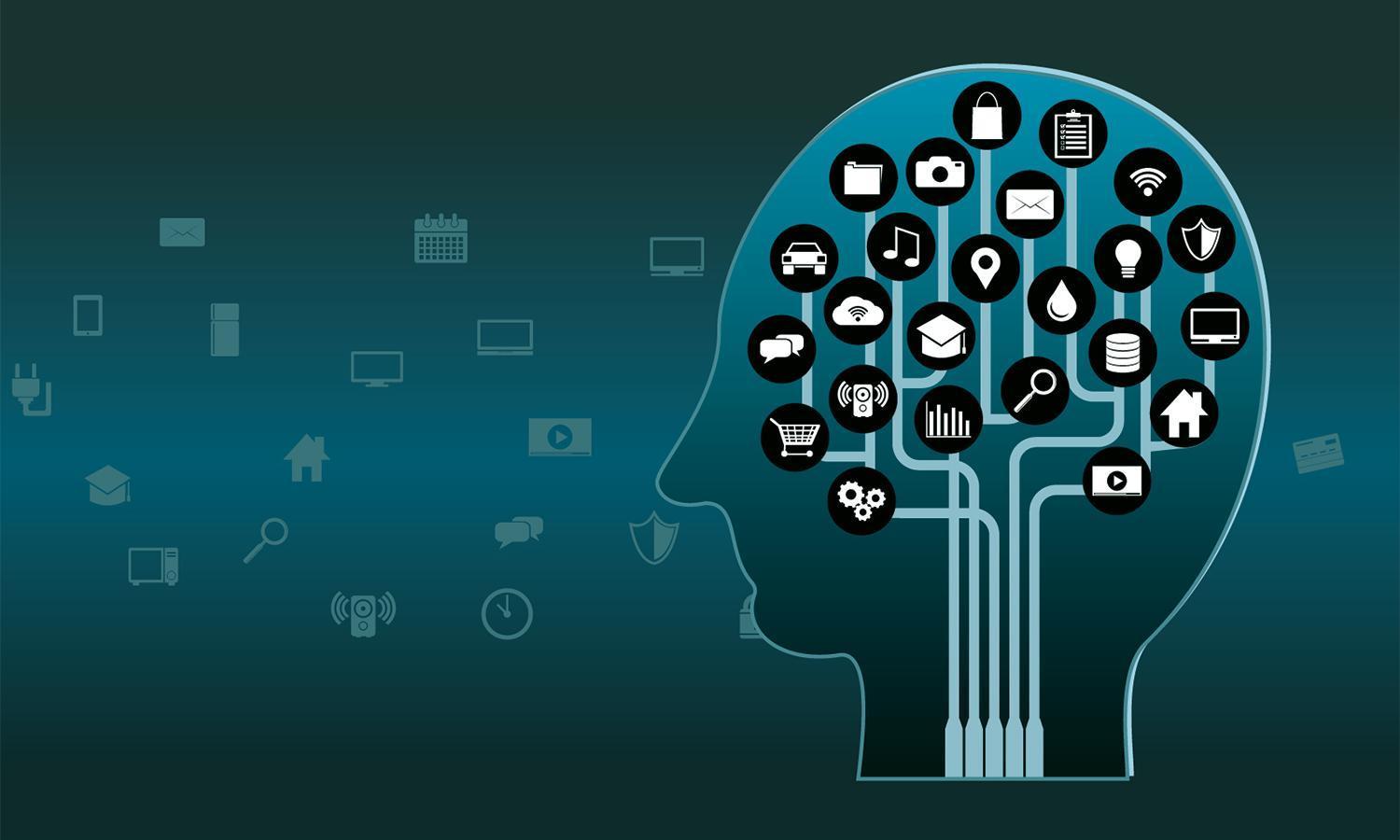Artificial Intelligence of Things (AIoT) is the next key step for IoT – transforming the process of analyzing data and turning it into action.
IoT will help with a new generation of AI enablement due to the aggregation nature of IoT. At its core, IoT is gathering massive amounts of data. And as that data is processed through the data-hungry algorithms of AI, the analytical and action parts of IoT will be greatly enhanced.
AIoT for Intelligent Data Analytics
IoT is key for collecting relevant, intelligent data and communicating it to be processed, analyzed, and made actionable. The role of AI within IoT is to streamline making sense out of all the data collected. It will open new channels for IoT Applications, as it will be incredibly efficient to analyze data coming from thousands of endpoints.
The ability to analyze vast quantities of data will lead to many benefits, including:
Increase operational efficiency: The ability of artificial intelligence to predict circumstances based on trends through historical data can increase efficiency for many verticals, including fleet, assets, logistics, and manufacturing.
Boost safety: AIoT can increase safety in several ways. For example, using computer vision on a manufacturing floor to monitor employees or using virtual or augmented reality in hazardous situations. Artificial vision is leveraged in fleet management solutions to monitor driver behavior and use real-time alerts to prevent accidents, such as falling asleep behind the wheel.
Mitigate downtime: In manufacturing, unplanned downtime due to machine or equipment failure is one of the leading causes of revenue loss. With artificial intelligence analyzing data generated through IoT sensors on machine equipment, predictive maintenance can mitigate the risk of unplanned downtime and allow manufacturers to plan for machine maintenance.
Utility automation: In homes, smart buildings, and smart cities, utilities can be managed via AIoT based on trends. Not only does this create ease for consumers and citizens, but it can also increase safety, aid in traffic management, and bolster sustainability.




